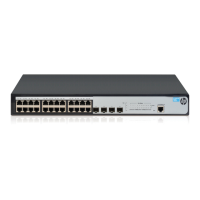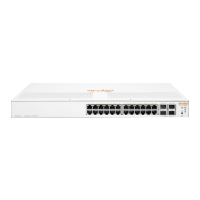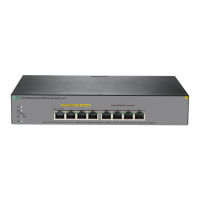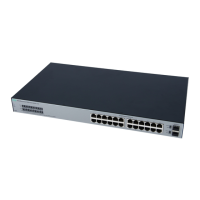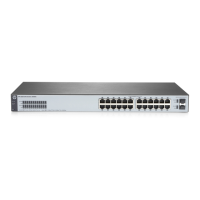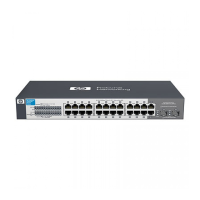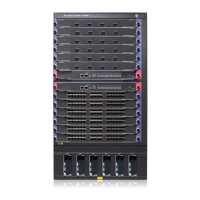6. Destroying the RSA key pair
(Optional.)
Destroy the existing RSA key pair and the corresponding local certificate.
If the certificate to be retrieved contains an RSA key pair, you need to
destroy the existing key pair. Otherwise, the retrieving operation will fail.
7. Retrieving and displaying a
certificate
(Optional.)
Retrieve an existing certificate.
8. Retrieving and displaying a
CRL
(Optional.)
Retrieve a CRL and display its contents.
Recommended configuration procedure for configuring
automatic certificate request
Task Remarks
1. Creating a PKI entity
(Required.)
Create a PKI entity and configure the identity information.
A certificate is the binding of a public key and an entity, where an entity is
the collection of the identity information of a user. A CA identifies a
certificate applicant by entity.
The identity settings of an entity must be compliant to the CA certificate issue
policy. Otherwise, the certificate request might be rejected.
2. Creating a PKI domain
(Required.)
Create a PKI domain, setting the certificate request mode to Auto.
Before requesting a PKI certificate, an entity needs to be configured with
some enrollment information, which is referred to as a PKI domain.
A PKI domain is intended only for convenience of reference by other
applications, and has only local significance.
3. Destroying the RSA key pair
(Optional.)
Destroy the existing RSA key pair and the corresponding local certificate.
If the certificate to be retrieved contains an RSA key pair, you need to
destroy the existing key pair. Otherwise, the retrieving operation will fail.
4. Retrieving and displaying a
certificate
(Optional.)
Retrieve an existing certificate.
5. Retrieving and displaying a
CRL
(Optional.)
Retrieve a CRL and display its contents.
Creating a PKI entity
1. Select Authentication > PKI from the navigation tree.
The PKI entity list page is displayed by default.
